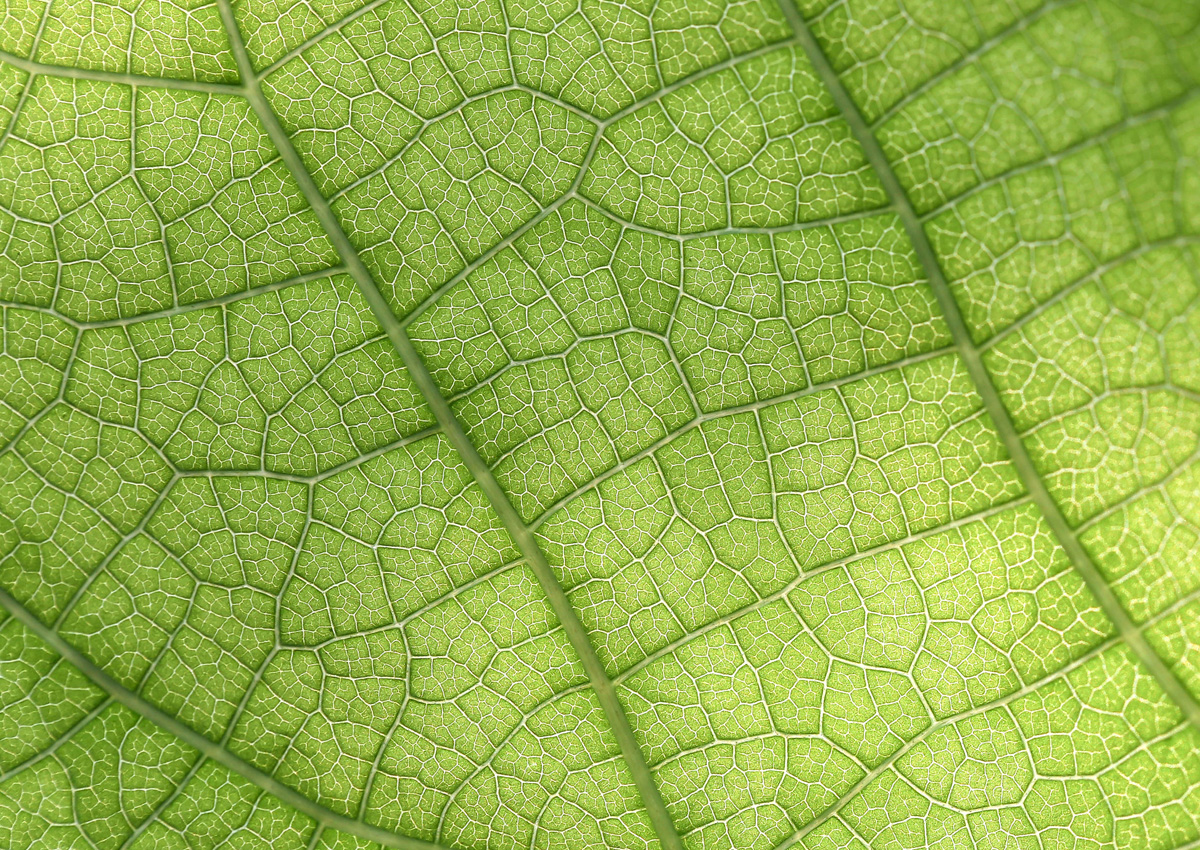
Scientists Unravel Mystery of Photosynthesis
February 12, 2020| |
Scientists from the U.S. Department of Energy's (DOE) Argonne National Laboratory and collaborators from Washington University in St. Louis have solved a critical part of the age-old mystery of photosynthesis, homing in on the initial, ultrafast events through which photosynthetic proteins capture light and use it to initiate a series of electron transfer reactions.
In photosynthesis, the movement of electrons is crucial as it's how work is accomplished inside a cell, according to Argonne biophysicist Philip Laible. These processes begin when a photon absorbs light pigments localized in proteins. Each photon propels an electron across a membrane inside specialized compartments within the cell. The Argonne and Washington University research team has gained valuable insight into the initial steps in this process: the electron's journey.
When the structure of these complexes was discovered nearly 35 years ago, scientists were surprised to know that there are two pathways for the electron to travel. Plants, algae, and photosynthetic bacteria use just one of them. The research team managed to interfere with each one of them to change the electron's trajectory. "We have managed to switch the direction of initial electron transfer," said Christine Kirmaier, Washington University chemist and project leader. She added that in nature, the electron chose one path 100 percent of the time. Through their efforts, they were able to make the electron switch to an alternate path 90 percent of the time.
For more details, read the news release from Argonne National Laboratory.
| |
You might also like:
- Experts Unlock Key to Photosynthesis
- Rice Plants Engineered for Better Photosynthesis Make More Rice
- Scientists Discover Gene Responsible for C4 Photosynthesis
Biotech Updates is a weekly newsletter of ISAAA, a not-for-profit organization. It is distributed for free to over 22,000 subscribers worldwide to inform them about the key developments in biosciences, especially in biotechnology. Your support will help us in our mission to feed the world with knowledge. You can help by donating as little as $10.
-
See more articles:
-
News from Around the World
- Redundant Food Labels Affect Consumers' Willingness to Pay
- Genomes of Basmati Rice Sequenced
- Scientists Unravel Mystery of Photosynthesis
- Innovation Study Demonstrates Financial Benefits of HT Canola in Canada
- Colombia Benefits Economically and Environmentally from 15 Years of Planting GM Crops
- Australian OGTR Seeks Comment on GM Blue Carnations
- Scientists Discover Gene that Improves Yield and Fertilizer Use Efficiency of Rice
-
Research Highlights
- Selective Gene Silencing Leads to Ultra-low Gossypol Cottonseed
- Golden Rice is Safe, Studies Show
-
Plant
- Enzyme Engineering Boosts Super-precise CRISPR Tool
-
Read the latest: - Biotech Updates (October 15, 2025)
- Gene Editing Supplement (September 24, 2025)
- Gene Drive Supplement (February 22, 2023)
-
Subscribe to BU: - Share
- Tweet

